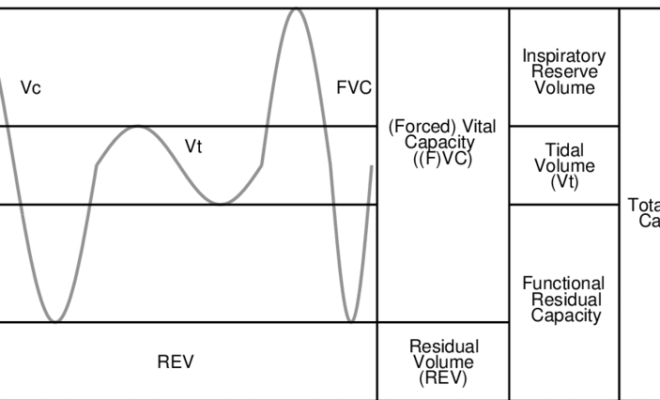How to calculate vital capacity

Introduction
Vital capacity is a critical measurement that helps you understand your respiratory health and overall well-being. It represents the maximum amount of air a person can exhale after taking a deep breath. This article will guide you through the process of calculating your vital capacity, its importance, and several associated factors.
What is Vital Capacity?
Vital capacity is a measure of the total volume of air that can be expelled from the lungs after maximum inhalation. It is an essential indicator of lung function and respiratory health. In general, a higher vital capacity suggests better lung health.
The Importance of Vital Capacity
Knowing your vital capacity can be helpful for several reasons:
1. Assessing overall lung function: A decrease in vital capacity might indicate lung dysfunction or disease.
2. Monitoring lung diseases: In individuals with chronic lung conditions such as COPD or asthma, monitoring vital capacity can help track disease progression and treatment efficacy.
3. Evaluating fitness levels: In athletes or individuals seeking to improve their fitness levels, keeping track of vital capacity can be crucial in designing appropriate training programs and monitoring progress.
How to Calculate Vital Capacity
There are different methods to calculate vital capacity; however, one of the most common ways involves using spirometry.
Step 1: Set up the spirometer
Spirometers are devices designed to measure multiple aspects of respiratory function, including vital capacity. First, ensure that the spirometer is properly calibrated according to the manufacturer’s guidelines.
Step 2: Prepare for testing
Before testing your vital capacity, avoid eating heavy meals or engaging in strenuous activities for at least two hours before the test. Follow any pre-test instructions given by your healthcare provider.
Step 3: Position yourself correctly
Sit upright on a chair with both feet firmly planted on the ground or at a 90-degree angle. Ensure your back is straight and your head facing forward, with your chin parallel to the floor.
Step 4: Begin inhalation
Place the mouthpiece of the spirometer in your mouth, ensuring a tight seal around it. Take a deep breath in, filling your lungs with as much air as possible.
Step 5: Exhale forcefully
Immediately after inhaling, exhale as forcefully and quickly as possible into the spirometer. Keep exhaling until you’re unable to push any more air out of your lungs.
Step 6: Record the result
The spirometer will display your vital capacity measurement. Make note of the result for further interpretation and comparison.
Factors That Affect Vital Capacity
Several factors can impact your vital capacity:
1. Age: As you age, your lung elasticity and strength decrease, resulting in reduced vital capacity.
2. Gender: In general, males tend to have higher vital capacity than females due to differences in lung size.
3. Body size: A larger body size often correlates with increased vital capacity since there’s more space for lung expansion.
4. Physical fitness: Athletes or individuals who participate in regular exercise usually have better respiratory muscle strength and increased vital capacity.
5. Smoking: Smoking can damage lung tissues and reduce overall lung function, which may cause a decrease in vital capacity.
Conclusion
Calculating and monitoring your vital capacity is crucial for evaluating lung function and overall respiratory health. Using a spirometer is an efficient method for capturing these measurements regularly. By understanding factors that influence vital capacity, you can make lifestyle changes to optimize your respiratory health and maintain overall wellbeing.






